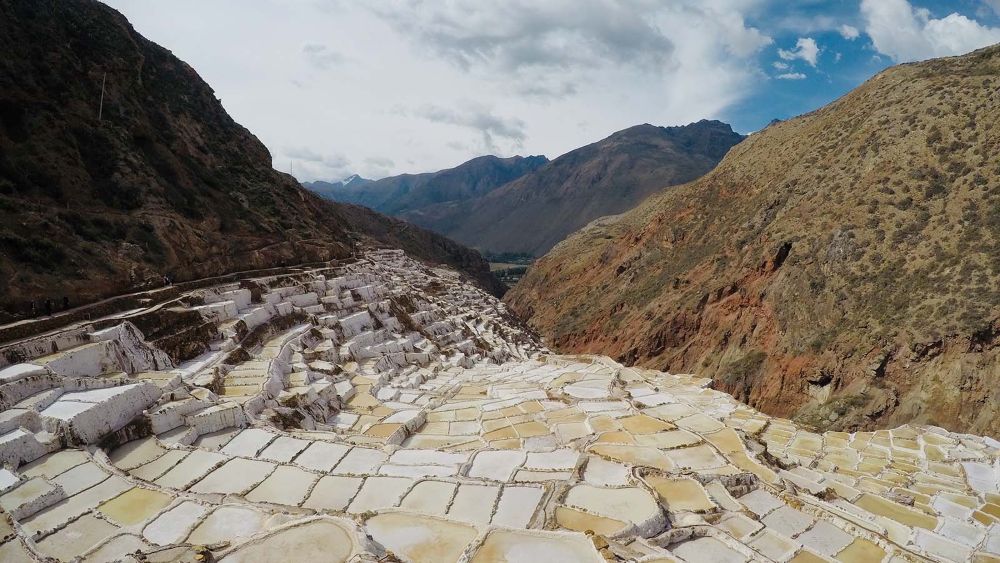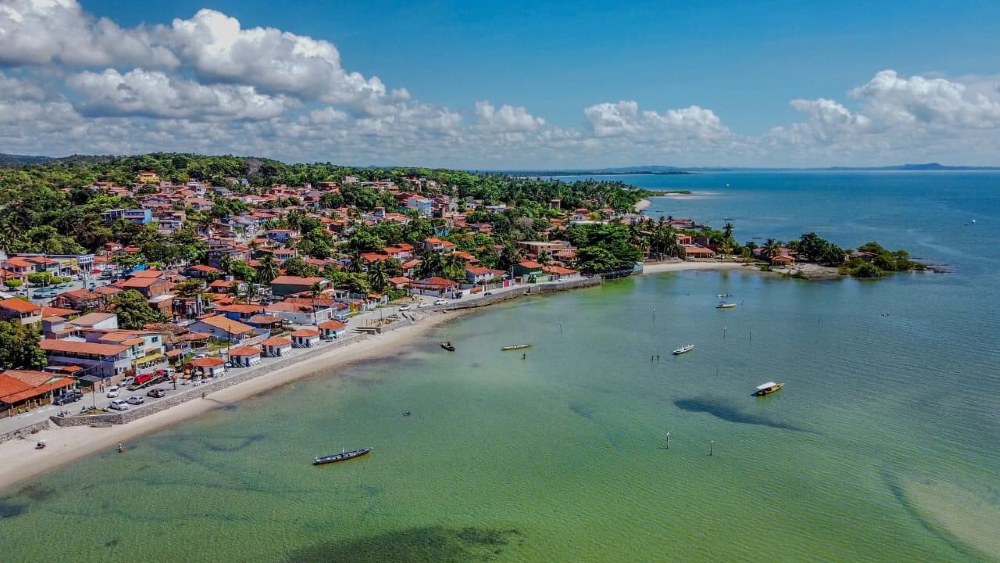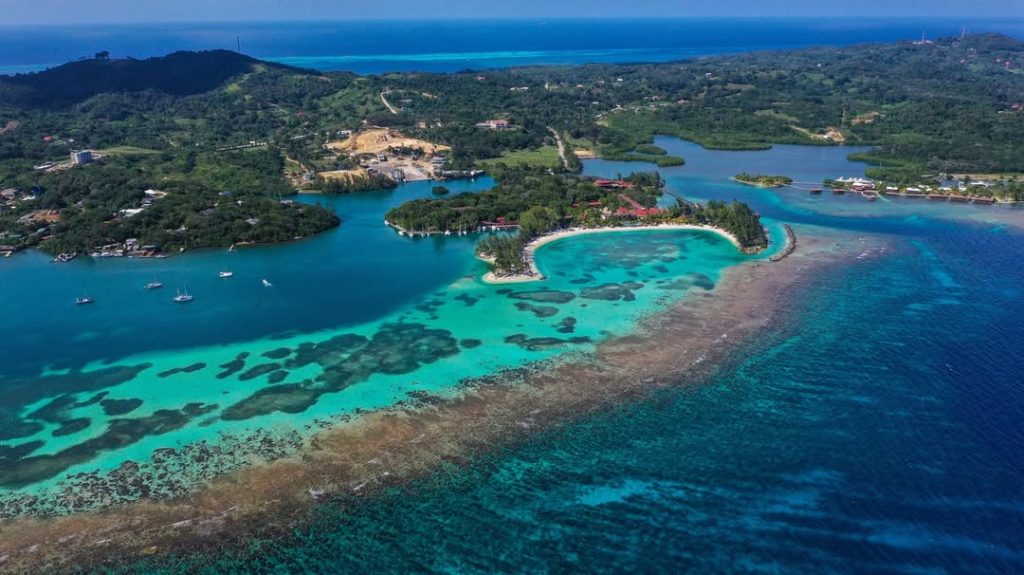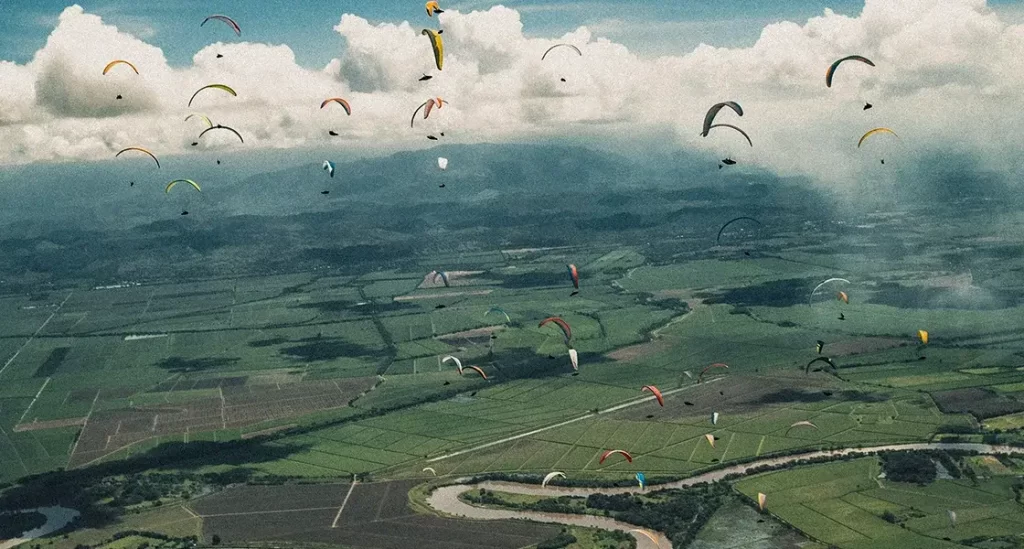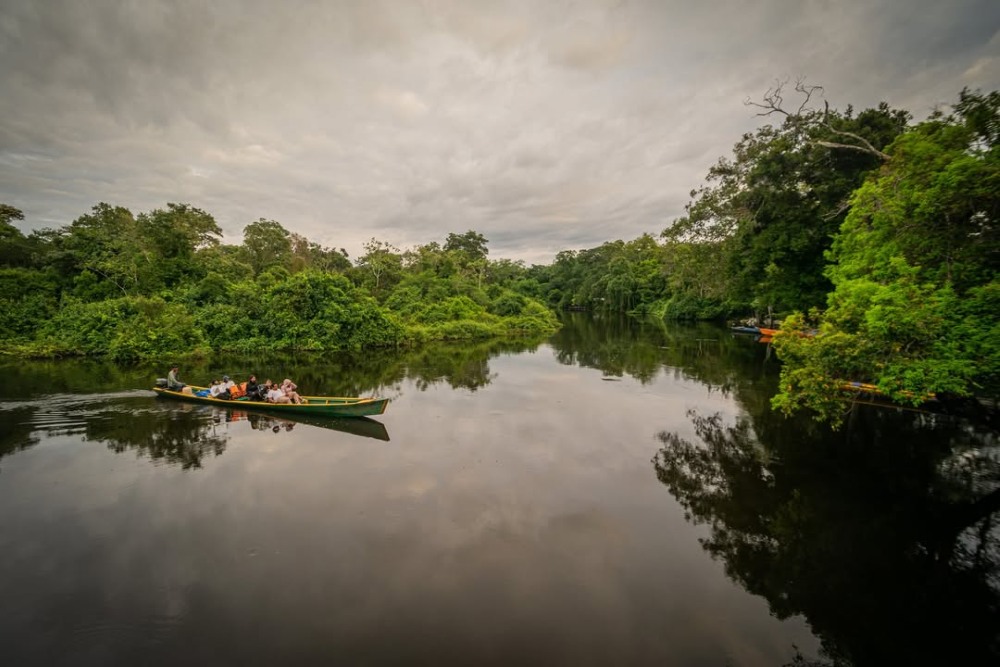Perched above Cusco, a mountain seems covered in snow in the middle of the dry season. From afar, the white terraces of Maras reflect the light as if the rock itself had been carved out of salt. As you approach, the landscape becomes clearer: thousands of ponds form an almost geometric checkerboard where the salty water shifts from shades of pink to gold. Beyond its singular aesthetics, this site reveals how an Andean community has turned its ancestral legacy into a sustainable economy.
The beginning of an Andean story
Tradition says that the salty waters of Maras were born from the tears of Ayar Cachi, the eldest of the four mythical brothers considered the founders of the Inca lineage. Locked inside a cave because of his feared strength, he is said to have cried until his tears created a saline spring bursting from the Qaqa Wiñay mountain.
Archaeological excavations, however, place the first salt extractions around 800 B.C., long before the Inca rule. The Wari, a trading people with extensive exchange networks, were the first to exploit this resource and distribute it to other Andean communities.
A productive landscape filled with history
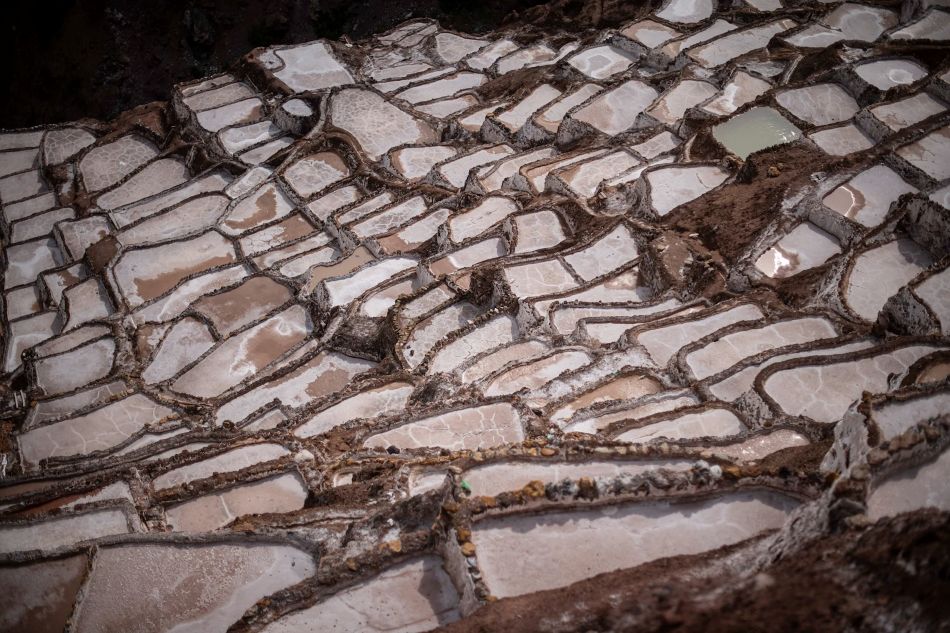
In the heart of the Sacred Valley, at more than 3,200 meters above sea level, Maras surprises visitors with the silence that wraps its terraces. Only the murmur of water flowing through the channels and the crackling of drying salt can be heard. This water comes from a spring inside the mountain, saturated with minerals accumulated over millennia. Its salinity—up to six times higher than that of the sea—feeds more than 3,000 ponds, sometimes over 5,000 during the dry season. Together, they cover more than six hectares and sustain an ancestral production system.
The dance of water and earth

Between May and October, the ponds take on white and pink hues under the Andean sun. It is harvest time: the salty water from an underground spring evaporates slowly, leaving behind a layer of crystals that families collect by hand. The gestures are precise, almost synchronized: picks, shovels, and careful steps to avoid damaging the clay walls. From this know-how comes the pink salt of Maras, prized for its purity and the minerals that give it its color.
This method, inherited from pre-Inca times, has resisted any form of mechanization. Each pond is worked manually in four-week cycles. The consistency of this labor and the balance between nature and human intervention led to the site’s inscription on the UNESCO World Heritage List in 2019.
The guardians of the salt

Today, more than 400 families, grouped under Marasal S.A., the communal company in charge of managing the salt pans, keep the tradition alive. The organization has achieved a balance between production, preservation, and tourism, ensuring a collective and sustainable exploitation of the resource.
Each family manages several ponds passed down through generations. Marasal oversees the commercialization, quality control, and export of the product, sold internationally under the label “
More than a means of livelihood or a must-see stop from Cusco, the salt pans represent a tradition in constant activity: a landscape shaped over centuries, where the community continues a story that crystallizes slowly, in rhythm with the sun evaporating the water in each pond.
Photos: Promperú | Elías Alfageme

